Secondary teaching resources
Our free teaching resources help young people aged 11 to 19 to examine the world around them from a humanitarian perspective and learn about topics related to the work of the Red Cross.
These curriculum-linked activities, session plans and teaching packages are ideal for subjects such as PSHE, Citizenship, Geography, History and informal learning time. Learners gain new perspectives, develop new life skills and develop understanding, values and critical thinking.
In the news (Newsthink)
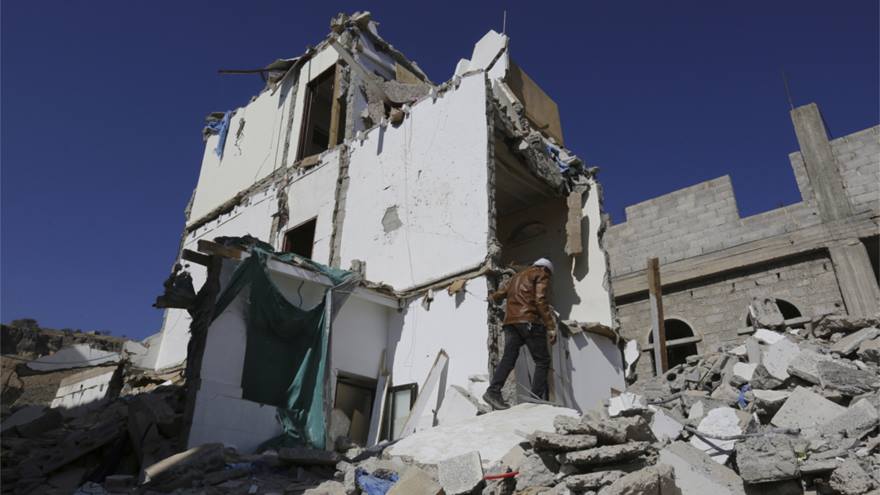
Age: 11–19
Type: Lesson plan, Newsthink
Subjects: PSHE, Tutor time
Activities to discuss airstrikes in Yemen and consider who and what is protected under international humanitarian law.
In the news (Newsthink)
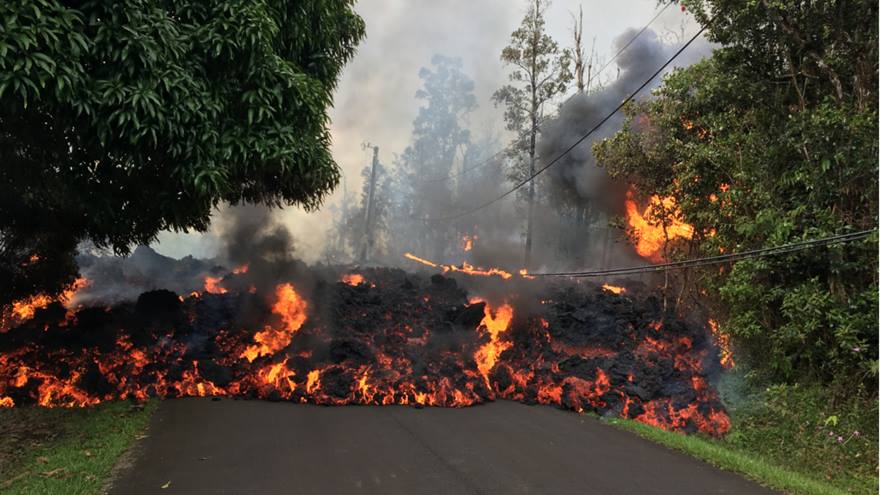
Age: 11–19
Type: Lesson plan, Newsthink
Subjects: PSHE, Tutor time
Secondary PSHE activities considering how to prepare for a natural disaster and living with the reality that this could happen.
In the news (Newsthink)
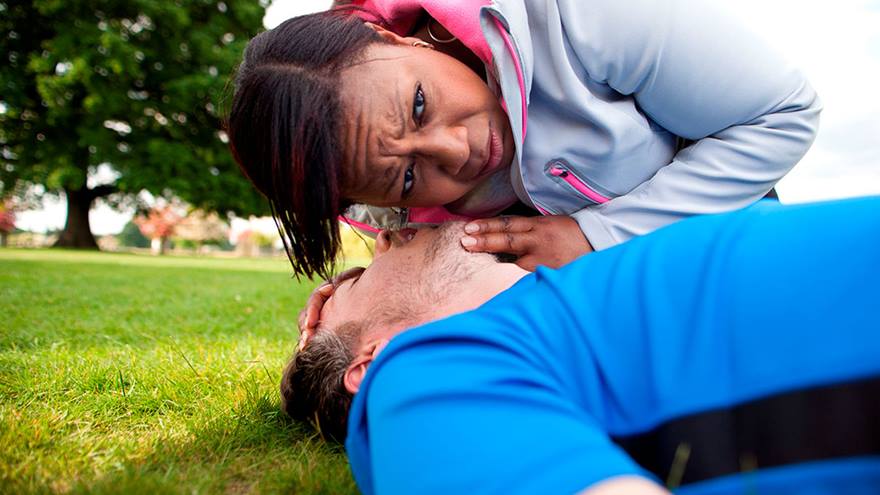
Age: 11-19
Type: Lesson plan, Newsthink
Subjects: PSHE, Tutor time
Look at different aspects of knife crime, including ways to avoid conflict and first aid for a heavy bleed.
In the news (Newsthink)
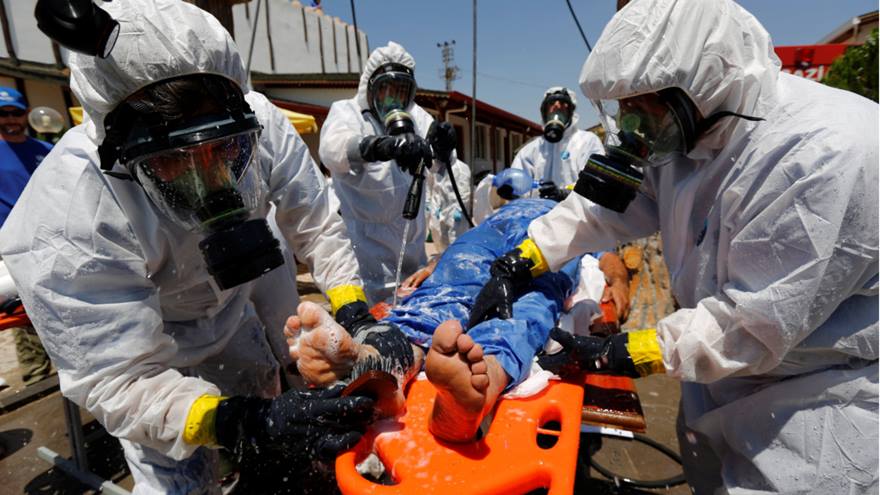
Age: 11–19
Type: Lesson plan, Newsthink
Subjects: PSHE, Tutor time
Secondary PSHE activities on chemical weapons and international humanitarian law.
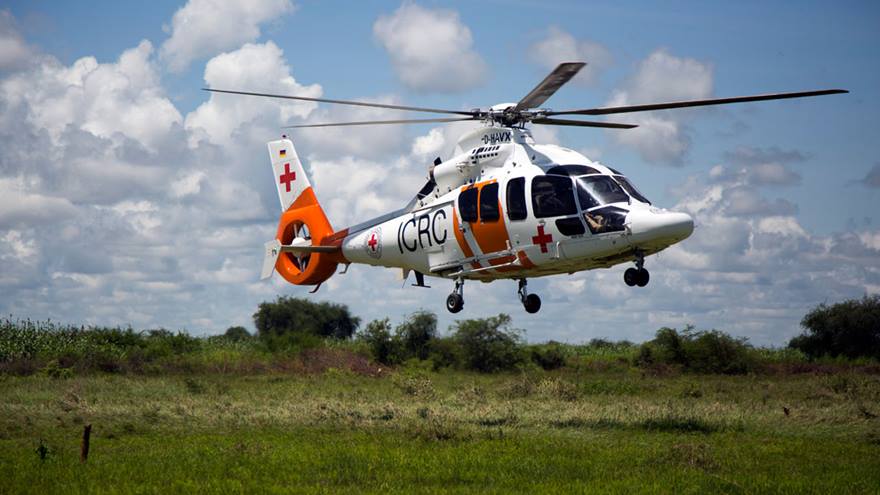
Age: 7-19
Type: Quick activity
Subjects: PSHE
Teaching ideas which help learners explore the phonetic alphabet, as used by the International Civil Aviation Authority.
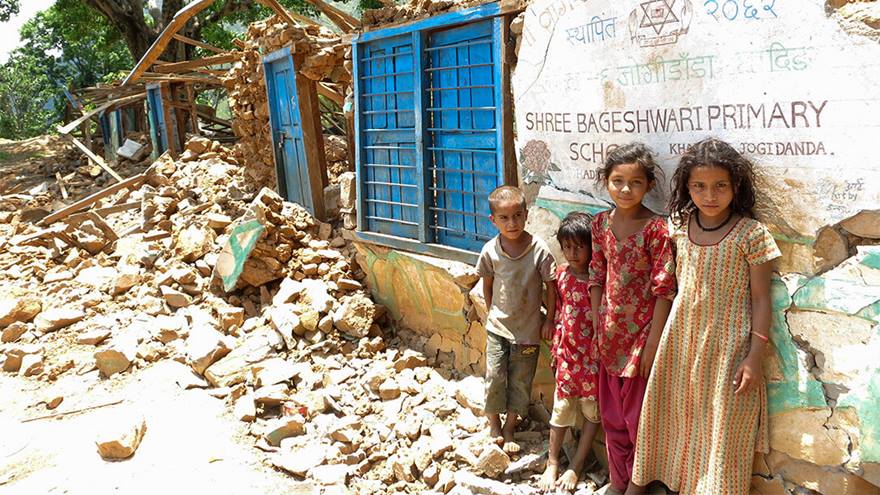
Age: 11-19
Type: Teaching package, images, videos, case studies
Subjects: Geography
Explore how individuals and communities prepare for and respond to life-changing natural disasters and learn how the Red Cross helps communities recover and build resilience.
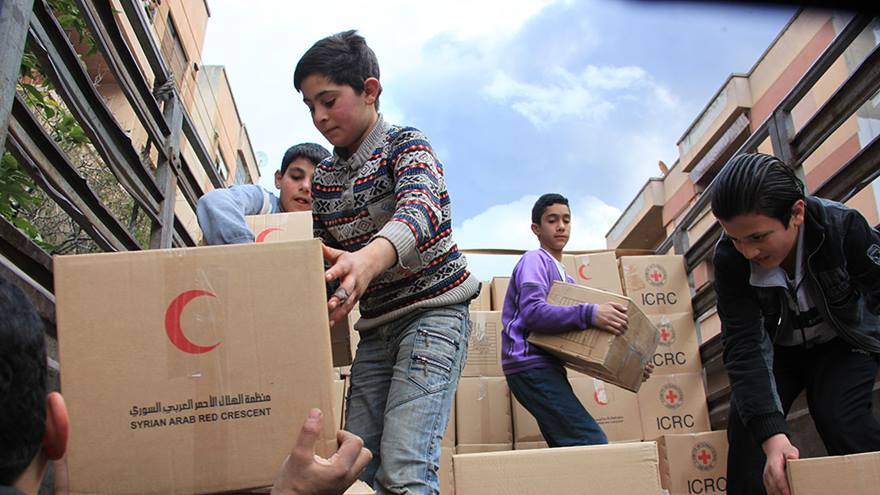
Age: 14-19
Type: Lesson plan, video
Subjects: Citizenship
A lesson plan about the principle of humanitarianism that guides the work of the International Red Cross and Red Crescent Movement.
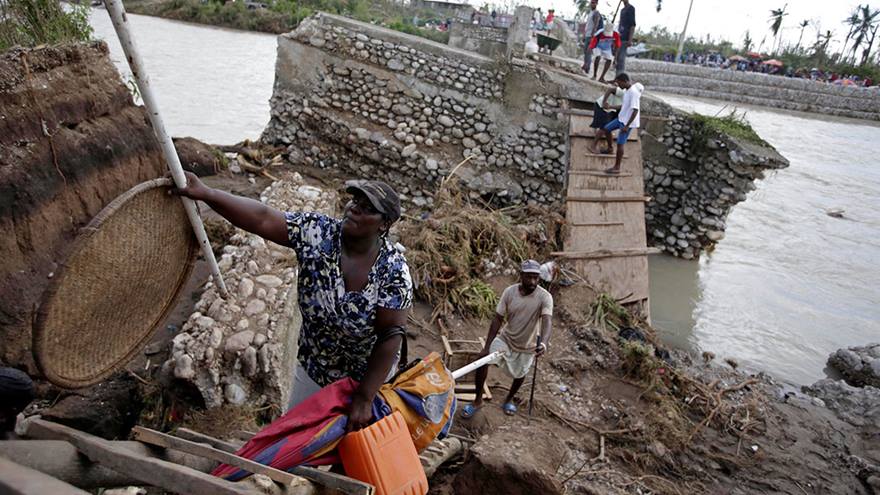
Age: 11-19
Type: Lesson plan, photos
Subjects: Geography, PSHE
Explore the impact of Hurricane Matthew in Haiti one year on, and the importance of building resilience.
In the news (Newsthink)

Age: 14-19
Type: Lesson plan
Subjects: PSHE
Discuss a real-life example of people not helping someone in a first aid emergency.
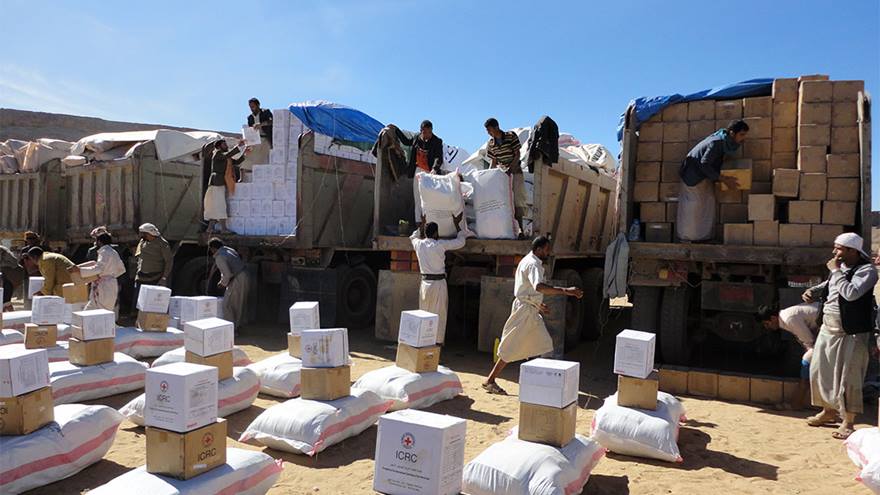
Age: 11-19
Type: Teacher briefing, quick activity
Subjects: Citizenship, PSHE
Learn about what the Disasters Emergency Committee (DEC) is and how it helps in times of crisis.
Page 6 of 9
Do you have a question about this page or want to give us feedback? Visit our Contact us page.